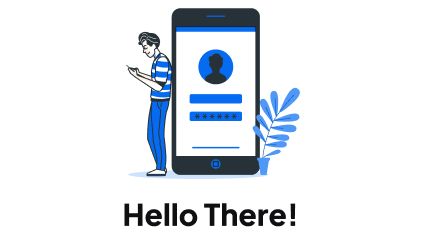Low Carb High-Fat (LCHF) Diet sounds pretty straightforward– all you need to do is unfriend sugar and starchy foods and say hi to fats. But the proof of the pudding is in the eating, especially if it is an eggless one!
Vegetarian diets are typically rich in grains, legumes, and starchy vegetables which make carb restrictions comparatively tricky.
But are the benefits meaty enough for vegetarians to try LCHF diet?
Low Carb High Fat diet not only helps faster weight loss but is also very effective in reducing visceral fat. It can also help improve blood sugar levels and increase insulin sensitivity.
Besides, LCHF diet, if followed for a sustained period, can reduce triglycerides- a significant risk factor for cardiovascular diseases, and can help increase HDL or good cholesterol. Some studies have also suggested that an LCHF diet can lead to reduced systematic inflammation.
Is LCHF diet DIY enabled?
And to help you navigate, we’ve compiled a list of what you can eat and what you cannot.
What you can eat-
Vegetables (Non-Starchy): Spinach, Broccoli, Mushrooms, Kale, Cauliflower, Zucchini, Bell Pepper, Eggplant, Lettuce, Okra, Beet, Bottle Gourd
Fruits (Low Carb): Avocados, Blackberries, Raspberries, Cantaloupe, Strawberries, Watermelon, Lemon
Healthy Fats/ Oils: Olive Oil, Coconut Oil, Avocado Oil, Ghee, Butter
Nuts: Almonds, Walnuts, Macadamia Nuts, Pecans
Seeds: Chia Seeds, Flax Seeds, Sunflower Seeds, Sesame Seeds, Pumpkin Seeds
Dairy Products: Yogurt, Cheese, Ghee, Butter
Vegetarian Protein Sources: Soybean, Tofu, Paneer
What you can’t eat-
Starchy Vegetables: Potato, Sweet Potato, Corn, Plantains (Raw banana), Yam
High Carb Fruits: Banana, Apples, Mango
High Carb Dried Fruits: Dates, Raisins, Figs, Cashews
Grains: Bread, Rice, Pasta, Oats
Legumes: Beans, Lentils, Chickpeas
Processed Foods: Cereals, Chips, Cookies, Baked items
Sweeteners: Refined Sugar, Jaggery, Honey
Are there any downsides to the LCHF diet?
Just like every other thing in this world, LCHF too has its share of problems. Initially, Low Carb Diet may get a little overwhelming for some as the body starts adjusting to healthy eating habits. Some people face temporary discomforts like constipation, headache, fatigue, and nausea during the transition phase. However, these symptoms usually disappear in a few days. Regular monitoring of the nutrition intake will ensure that your diet comprises a variety of whole foods which mitigates the discomforts, to an extent. Staying hydrated also helps.
But what about my social life?
It is a valid question, one that might derail your resolve. But a lot of seemingly complex problems have simple answers – you don’t have to forgo your social life. You can still go out with your friends and family; you just need to be a little careful and make informed choices, like choosing a veggie option or a salad over a starchy dish.
Key Takeaway
It is all about believing in yourself and making the choices right. As you continue this journey and get comfortable with your preferences, you’ll realize that eating healthy is the only sustainable diet in the long run!


